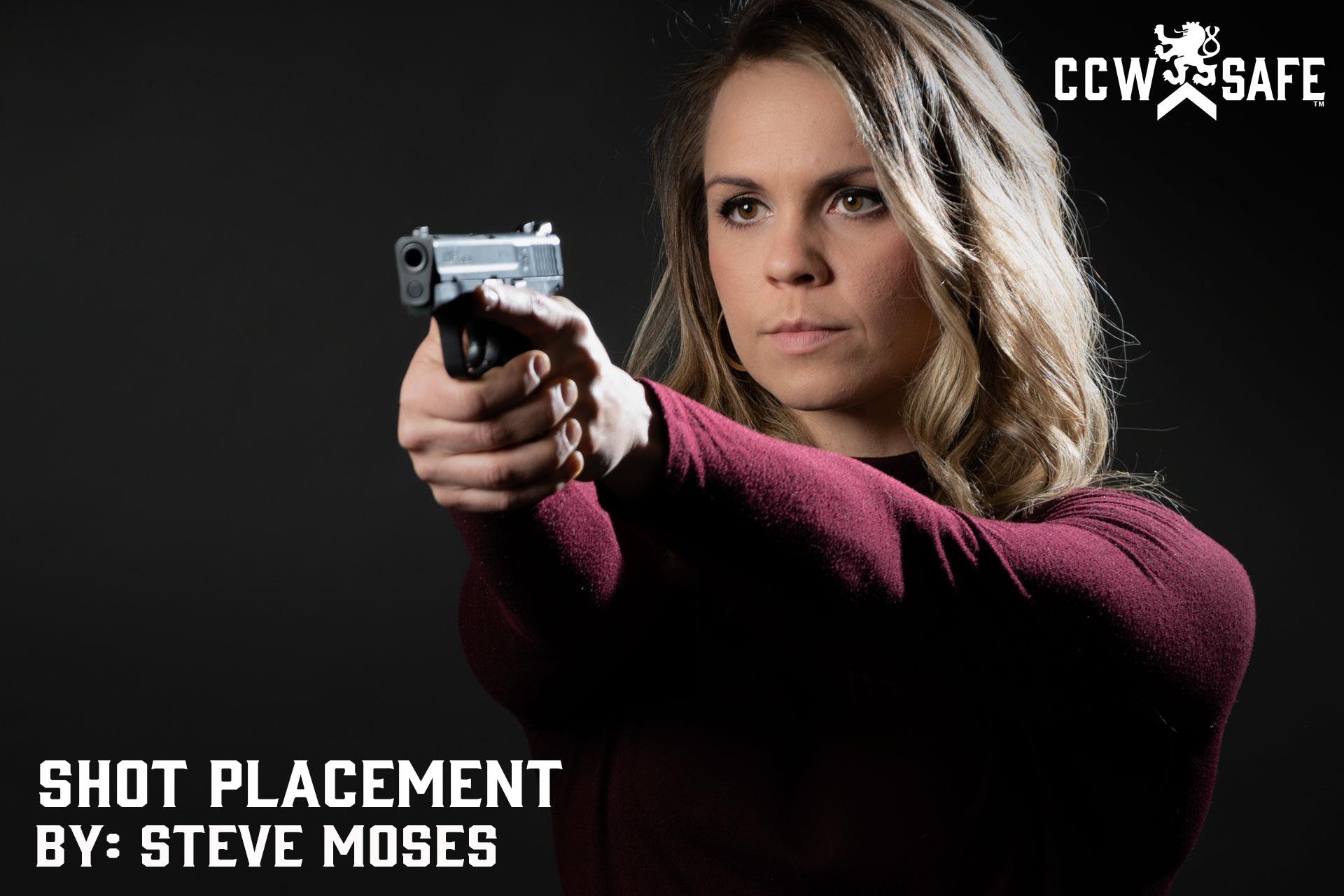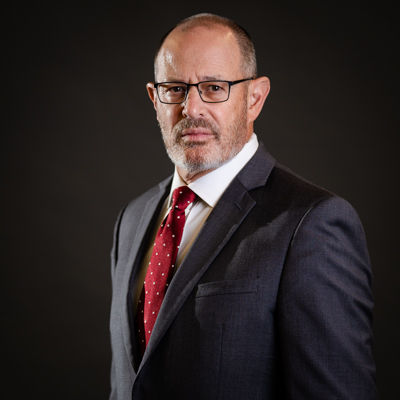
Posted on March 21, 2022
SHOT PLACEMENT
A shooting technique referred to as the “Mozambique Drill” was commonly taught when I first started training in 1993. The Mozambique Drill is also referred to as the Drug and Armor Drill, the Failure Drill, and the Failure to Stop Drill, and is a close-distance shooting technique in which the shooter fires twice quickly into the upper center mass of a target and then follows up with a careful head shot that, if properly placed, will immediately shut down the attacker if the two previous shots failed to do so.
We do not put a lot of emphasis on head shots in our classes. I frequently see students in our classes that will shoot at the head even when given express directions to shoot to the upper center mass of a target. When asked why the answer is usually because it is more challenging. I also see students frequently head-shoot three-dimensional targets when participating in Active Shooter Response drills.
First of all, I am not terribly dismayed when I see this happen. For the most part (but not always) the student who insists on shooting targets in the head is a decent shooter. What does concern me is that many of them do not know that it is one thing to shoot a stationary target in the head in a training class and another thing to shoot an attacker in the head who is doing their best to kill them at the same time. One of my past instructors (whose name I am unable to recall) said that in one instance the reason that a concealed carrier involved in an actual gunfight fired a headshot was that the rounds he fired at the attacker’s torso actually missed, so it came to no surprise that his headshot missed too.
The skull is designed to protect the brain in the event that the head sustains trauma. Noted firearms trainer and friend Greg Ellifritz wrote the following: “I often see my students shooting head shots on silhouette targets and feeling good when their shots hit anywhere within the outline of the head. That’s not good enough. Bullets to the cheek or jaw will often not stop the attacker. Bullets to the forehead sometimes ricochet. If you are going for a head shot, you should place your bullet into the inverted triangle formed by your opponent’s brow ridge and ending at the tip of his nose. This location will stop him the fastest and has the least potential for ricochet.”
I agree with Greg. Now add to the equation the fact that it is unlikely that an attacker is going to stand motionless while we point a gun at his face. I know that I would not. This means that the small above-referenced inverted triangle (sometimes referred to as the “intra-ocular window”) may be rapidly moving on either or both a horizontal or vertical plane. It can also decrease in size if the attacker turns his or head right or left. A concealed carrier can fire what would have been a perfect shot but at the last moment the attacker moves his or her head before the concealed carrier can react and correct his or her aim.
One more consideration for concealed carriers is that a significant percentage of armed robberies take place in public areas such as parking lots, parking garages, sidewalks, and gas stations in which other people may be present. A missed or deflected headshot may strike one of them. The same is true for persons who work on House of Worship security teams.
I definitely think there is a time and place for taking a headshot, and I practice them with the full understanding that a poor hit or complete miss can create additional problems for myself and others. The best way that I can think of to drive home the message is to enroll in a Force-On-Force class or a class in which a significant amount of time is spent on Force-On-Force training using airsoft pistols or Simunitions or UTM training pistols that shoot marking cartridges. I have participated in or observed a considerable number of Force-On-Force engagements during classes and have yet to see any of the participants attempt a headshot during one of the engagements.
I would be the first to say that it is possible to be attacked by another person wearing soft body armor or ceramic plate body armor, and in that event torso hits are not going to be effective. Concealed carriers who literally have no other option than to target the head might be well-served to identify anything and anyone other in near vicinity to the attacker in the event that they miss. Something to perhaps consider is that at short range the center of the neck/throat may be easier to hit than the head since it is far less mobile and that rounds directed at the largest target then available like the hips and upper groin may be enough to turn the tide into the defender’s favor.
As always, everything that I have written above was done for the purpose of encouraging concealed carriers to give thought to a topic that they may not have given thought to before. I am not against headshots, but I am against undertaking any action in which another person who is not then trying to take my life might be harmed. Furthermore, missed or poor shots on my part may mean that the party who ends up being harmed is me.
 |
Steve MosesSteve Moses has been a defensive firearms trainer for over 26 years and is a licensed Texas Personal Protection Officer with 7 years of experience performing as shift lead on a church security detail for a D/FW area metro-church. Steve is a co-owner and Director of Training for Palisade Training Group, LLC based in Dallas, Texas. Moses is a retired deputy constable and spent over 10 years on a multi-precinct Special Response Team. He owns multiple instructor certifications, including Rangemaster Advanced Handgun Instructor and Defensive Shotgun Instructor, Red Zone Knife Defense Instructor and Adaptive Striking Foundations Instructor, Modern Samurai Project Red Dot Sight Instructor, and State of Texas Personal Protection Officer Instructor. Steve holds a BJJ Brown Belt in Relson Gracie Jiu Jitsu. He is a content contributor for CCW Safe and writes weekly articles on various subjects of interest to concealed carriers. Moses shoots competitively and holds an IDPA Expert rating. Steve is an annual presenter at the Rangemaster Tactical Conference. |